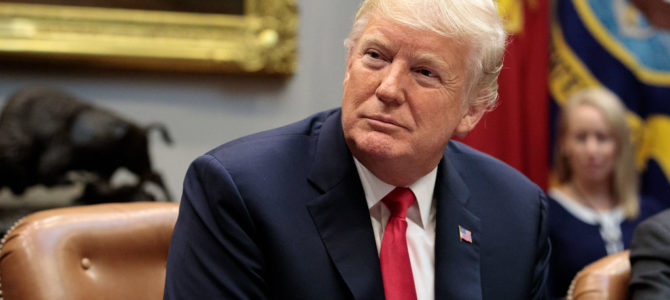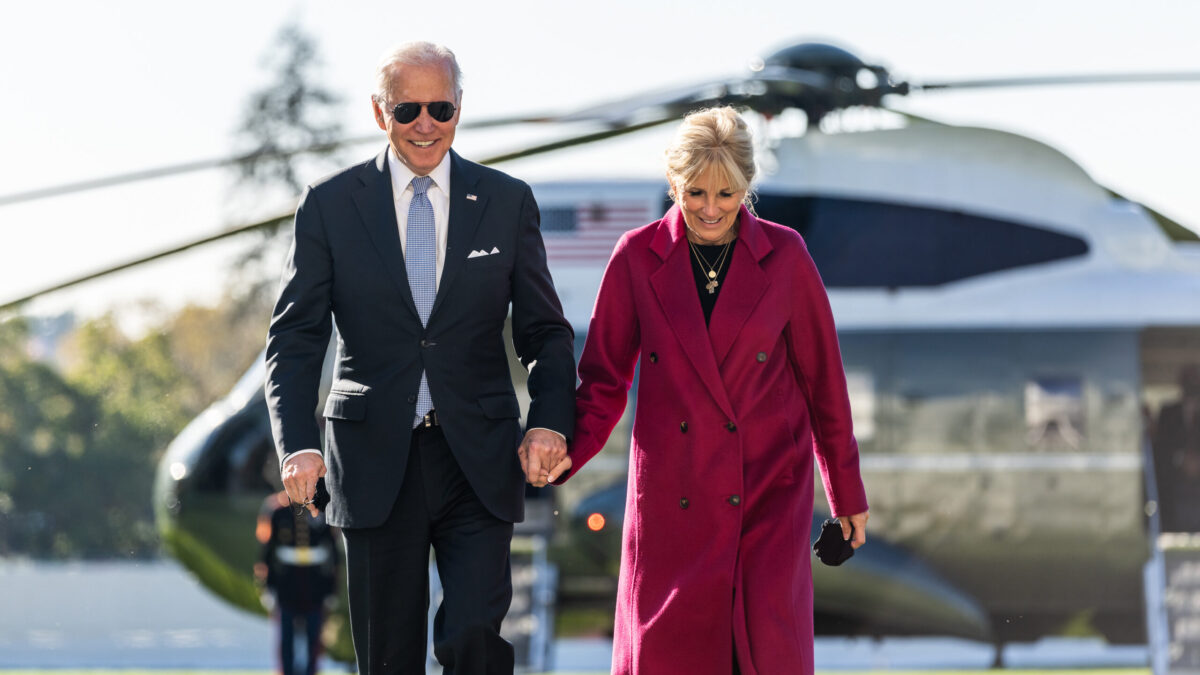
The end of 2018 had people wondering if the long-predicted recession was finally upon the country. After nearly a decade of gains, many observers legitimately wondered if the end of a long cycle of growth was near. The previous gains from 2018 were chalked up to a sugar high of tax cuts. The stock market had some huge sell offs. A government shutdown began that would extend for weeks into the new year.
But months later, the stock market has recovered from the sell-off at the end of last year. The S&P hit an all-time high just 146 days after a previous all-time high, making it the second-fastest recovery in history.
More than 260,000 new jobs were added to the economy in April, and the unemployment rate fell to 3.6 percent, the lowest since 1969. The unemployment rate for women is the lowest it’s been since 1953. Veterans and Hispanic Americans have never had such a low unemployment rate. Gains were particularly felt by those with a high school degree but no college. And April marked the ninth straight month that wage gains were at or above 3 percent.
Gross domestic product growth for the first quarter shot past expectations. The Commerce Department put it at 3.2 percent, much more than the 2.3 percent predicted by economists. It’s one thing to beat expectations a bit, but that was a big change, driven in large part by increases in exports. The growth is striking also when compared to the slowing economies of South Korea, Germany, and Japan.
The situation is in flux and the stock market could take a major hit even in the weeks to come, but all the good economic news means that President Trump hit a new high on his approval ratings for how he handles the economy, with 56 percent of Americans giving him good marks. And his favorability is also hitting high marks.
“The Economy That Wasn’t Supposed to Happen: Booming Jobs, Low Inflation,” proclaimed The New York Times last week:
The labor market the United States is experiencing right now wasn’t supposed to be possible.
Not that long ago, the overwhelming consensus among economists would have been that you couldn’t have a 3.6 percent unemployment rate without also seeing the rate of job creation slowing (where are new workers going to come from with so few out of work, after all?) and having an inflation surge (a worker shortage should mean employers bidding up wages, right?).
And yet that is what has happened, with the April employment numbers putting an exclamation point on the trend. The jobless rate receded to its lowest level in five decades. Employers also added 263,000 jobs; the job creation estimates of previous months were revised up; and average hourly earnings continued to rise at a steady rate — up 3.2 percent over the last year.
Wage growth, decreases in unemployment, and job gains are tied to real policy decisions. Whether it’s tax cuts, tax reform, regulatory reform, or tackling the disruptions to the labor market caused by illegal immigration, easing up the constraints on an economy and its laborers can have important, real-world effects.
NeverTrump Wasn’t Effective at All
When Donald Trump won the Republican nomination despite his relative lack of conservative credentials, some lobbyists and players in establishment D.C. struggled to accept the reality. Even elites within the Republican Party formed a powerful resistance to undermine his initial years in office. But not everybody.
The conservative judicial movement, for instance, saw where its interests aligned with Trump. In fact, they saw where their interests aligned with all nominees, and worked with each of them. Beginning in the primary, they encouraged dialogue with all of the candidates to pursue their shared goals. The result was that Trump, realizing he needed the support of the huge block of voters who care about nominating originalists to the Supreme Court and other courts, made it a major focus of his campaign — and delivered with appointments of two Supreme Court justices and scores of federal judges.
Likewise, while pro-lifers were terrified of Trump initially, they lobbied him and got him to successfully adopt their policy goals.
Trump was also not orthodox on the Republican Party’s approved economic talking points, causing some free marketers to become apoplectic with rage. Believing that it was better to keep the status quo on tariffs and other barriers to trade, rather than update the post-World War II and other antiquated trade relationships, they predicted doom and gloom.
But some economic groups saw opportunity. After years of dismal growth, and during one of the weakest recoveries ever, business leaders saw in Trump an opportunity to juice the economy and gain back some of what was lost under President Obama. That included groups like the Business Roundtable, getting its members together to push for tax reform. The Chamber of Commerce used its connections and experience to encourage Congress to take up tax reform.
Congressional leaders put repealing Obamacare at the top of their legislative agenda and said tax reform would have to hold off until 2018 because there wasn’t enough time to do both. Former speaker of the House Newt Gingrich, Alfredo Ortiz, and other leaders in the movement thought such a delay was politically unwise and worrisome for the economy. The Job Creators Network — Ortiz’s group formed by entrepreneurs opposed to “over-taxation, over-regulation and lack of access to capital” — used its massive network to mobilize activists focused on speeding up tax reform and tax cuts.
Passing the bill in 2017 rather than 2018 proved tremendously helpful for average Americans’ economic optimism as well as the strength of the aggregate economy headed into tough trade negotiations.
A lot of ink is spilled on who resists Trump, but the biggest successes of the current administration have come when traditionally Republican-aligned groups realized President Trump presented a huge opportunity for them if they would just reach out and work with him and his administration. As with previous Republican presidents, these groups found it better to work together when priorities aligned rather than focusing on any disagreements.









